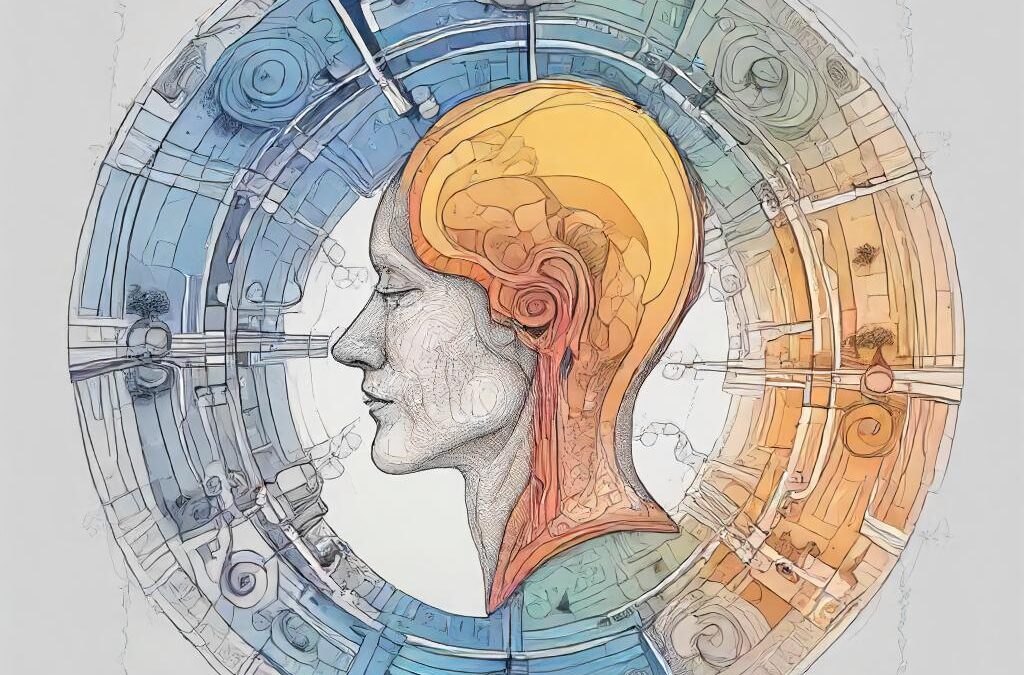Introduction: Emotions are powerful—they shape our perceptions, guide our actions, and influence our interactions. Yet, the inner workings of emotions like fear and anxiety are complex and often misunderstood. Have you ever wondered why you feel panicked over an upcoming event or why certain situations leave you frozen? Today, we’re diving deep into the Polyvagal Theory to explore these questions and more, revealing how this groundbreaking theory helps us understand the biological roots of our emotions.
The Connection Between Fear, Anxiety, and Arousal: Fear and anxiety are emotions that most of us experience regularly. They are both rooted in the body’s arousal system, which prepares us to face challenges. While fear is a response to a clear and immediate danger (think of encountering a snake on a hike), anxiety often arises without any immediate threat, like worrying about finances or health.
What is the Polyvagal Theory? Developed by Dr. Stephen Porges, the Polyvagal Theory offers an innovative look at how our nervous system controls our heart rate, breathing, and even our ability to engage with others. According to this theory, the vagus nerve, a key part of the nervous system, plays a crucial role in managing our emotional state. It helps regulate how we respond to stress and can influence everything from our social behavior to our ability to relax.
Why Does This Matter? Understanding the Polyvagal Theory can radically change how we view emotional health. It explains why certain therapies, like deep breathing or social engagement, can be so effective. By activating the ‘social engagement’ part of your vagus nerve, you can calm your body’s fight-or-flight response and foster feelings of safety and relaxation.
Arousal: The Underlying Mechanism: Both fear and anxiety can be seen as different expressions of how our body’s arousal system is working. Sometimes, this system can misfire—like when it triggers a full-on stress response in a safe situation, leading to anxiety. This misalignment between our physiological state and actual environment is where much of our emotional distress stems from.
Integrating Insights from the Polyvagal Theory: By integrating what we know from the Polyvagal Theory, we gain a clearer understanding of why we react the way we do in stressful situations. This theory provides a framework that helps explain the physical symptoms of anxiety and offers strategies for managing them. Practices that engage the vagus nerve, such as mindfulness, yoga, and social interaction, can help align our physiological responses with actual, rather than perceived, threats.
Practical Tips:
- Mindfulness Meditation: Regular practice can enhance your body’s vagal tone, increasing your ability to relax quickly after feeling stressed.
- Deep Breathing Exercises: Techniques like diaphragmatic breathing activate the vagus nerve and can calm your nervous system almost immediately.
- Social Connection: Engaging positively with others can stimulate the social engagement system of your vagus nerve, helping to soothe feelings of anxiety.
Conclusion: By understanding the role of arousal in fear and anxiety and utilizing the Polyvagal Theory, we unlock powerful tools for improving our mental health. This isn’t just theoretical—it’s a practical guide to living a less anxious, more emotionally balanced life.
Next Steps: If you’re intrigued by how your nervous system influences your emotional health, consider exploring more about the Polyvagal Theory or trying some of the practices mentioned above. Remember, understanding your emotions is the first step toward mastering them!
This blog format aims to educate and engage readers by simplifying complex psychological concepts and providing actionable advice for managing emotional health.

